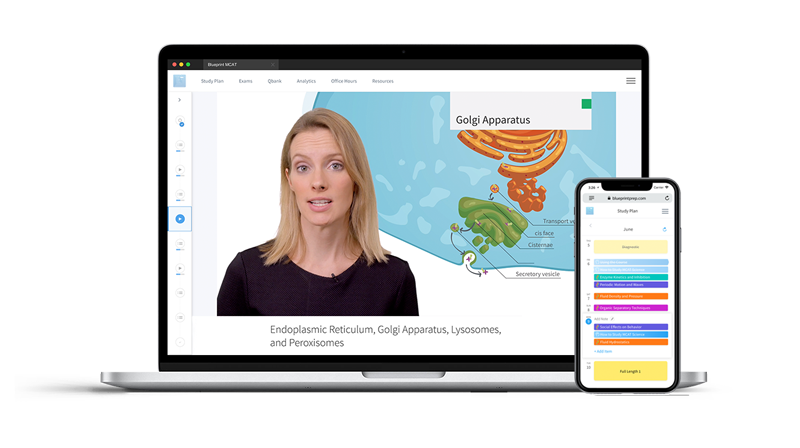

If you want to know how to increase your MCAT score in 2 weeks or want to reach your goal MCAT score, you must be willing to dedicate some additional time and effort to the content areas you’re weaker in. If you “lost” an entire quarter/semester (or more) of prerequisite coursework to the challenges of virtual learning, you cannot expect to fully understand those topics after just a day or two of studying. There is no substitution for time spent with the material. Ideally, the student should also be able to speak with someone who knows the material inside and out and can provide clarification when the textbook or video just doesn’t make sense.īefore I dive into where you can find an MCAT program like this, there are two things to note: What most students need is a structured approach to learning, applying, and refining that content knowledge in an MCAT-relevant way. It’s not just about having access to the information–anyone with a computer and internet access can read about nuclear physics or watch videos about fluid mechanics. If you find yourself struggling to catch up this school year on content that you “learned” as a pre-med student during the pandemic, these are the elements you should look for in an MCAT prep program or MCAT study schedule.


What this amounts to is a clear path–equipped with guardrails and guideposts–for students to follow to be successful.
#BLUEPRINT HALF LENGTH MCAT PROFESSIONAL#
Lastly, you are surrounded by peers on the same academic or professional track, giving you someone to lean on for practical and emotional support when things get difficult. There is also a high level of accountability, as academic integrity is taken very seriously at most (if not all) institutions. The courses consist of content review (often a lecture), practice problems, projects, and exams–activities that provide opportunities for students to apply their knowledge, identify their weaknesses, and learn from their mistakes. The professors are subject matter experts with years of experience who make themselves available outside of class time to answer your questions. Typically, higher education courses are structured, and it is clear what you must do to excel. Though we just talked about the challenges and shortcomings of higher education during the pandemic, this was a HUGE curveball thrown their way that they could not have seen coming. Higher education does A LOT of things right. So, as a pre-med student, how do you return to in-person learning or bounce back from that period of remote online learning coursework and make up for any MCAT-relevant learning losses? If It’s Not Broken, Don’t Fix It

With fragmented course plans, technological challenges, a less-than-ideal home-learning environment, and little accountability or structure for students, many of us fell off the rails a bit when it came to virtual learning and internalizing our course content. Though public schools and professors did the best they could, there was undoubtedly a decrease in the quality of the education offered to most students. If you experienced remote coursework during the COVID-19 pandemic, you know that it was far from perfect… Amidst the stress of a global pandemic, colleges and universities had to pivot from an in-person learning model to a fully online model in a matter of weeks. By Connor Hatfield (Blueprint MCAT Tutor)


 0 kommentar(er)
0 kommentar(er)
